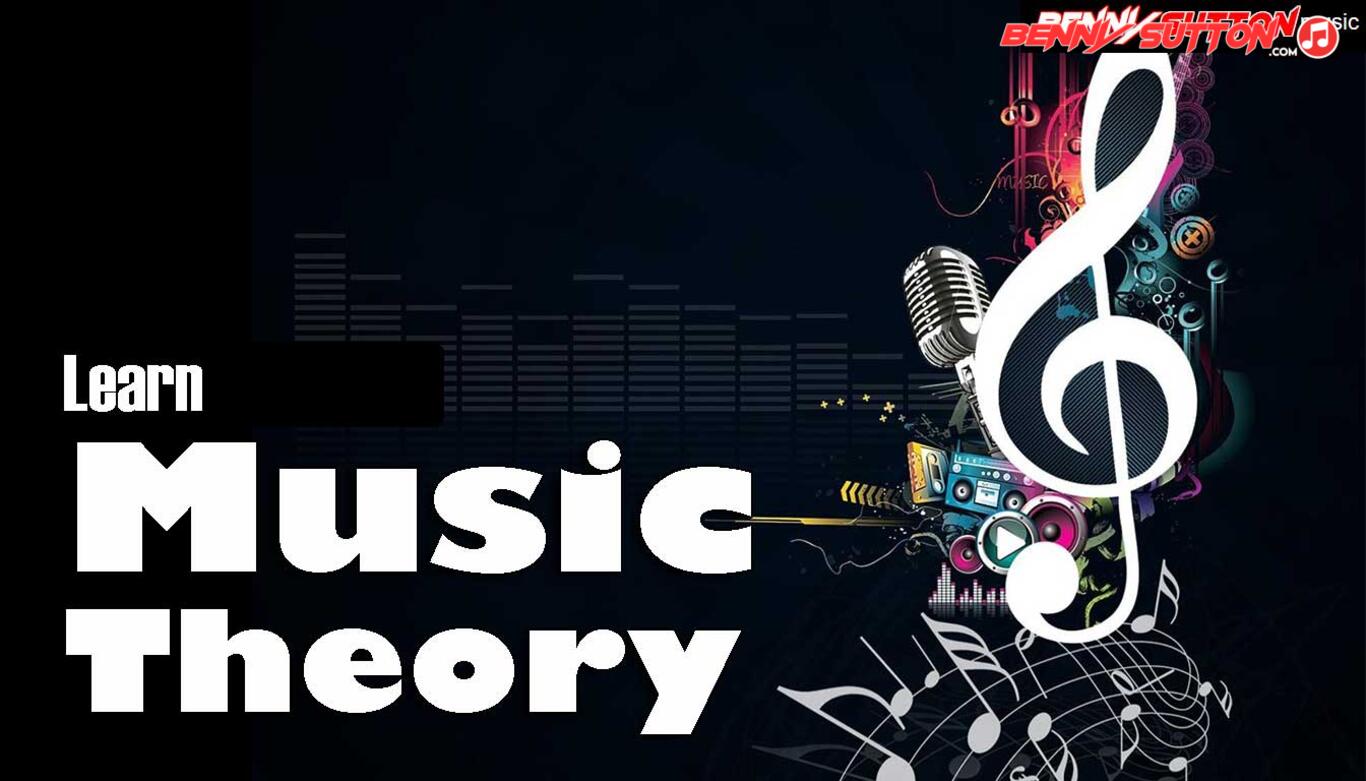Stacked fourths/fifths create modern, ambiguous sonorities.
Quartal and Quintal Harmony
Quartal and Quintal harmony are systems that build chords in fourths or fifths instead of traditional thirds.
This approach creates open, modern sonorities that break free from major/minor tonality.
Pioneered by early 20th-century classical composers and made famous by modal jazz innovators like McCoy Tyner and John Coltrane, quartal harmony defines the spacious, ambiguous sound of modern harmony.
Structure
| Type | Built From | Formula (intervals) | Example (C root) | Notes |
|---|---|---|---|---|
| Quartal | Perfect or augmented fourths | 1 – 4 – ♭7 – ♭3 (optional) | C–F–B♭ | Open, modern |
| Quintal | Perfect fifths | 1 – 5 – 9 – 13 (optional) | C–G–D–A | Expansive, resonant |
Quartal chords invert naturally into quintal ones since a perfect fourth inverted becomes a fifth.
This symmetry allows composers to move seamlessly between ascending and descending stacks.
Concept and Tonal Ambiguity
Unlike tertian (third-based) chords, quartal harmony doesn’t imply major or minor quality.
Instead, it produces modal color:
- Rooted yet non-directional
- Often derived from Dorian, Mixolydian, or Lydian modes
- Works especially well over pedal tones or drones
For example:
Over a D bass note, D–G–C–F (stack of fourths) can suggest D Dorian, G Mixolydian, or C Lydian depending on melodic context.
Common Quartal Shapes
| Chord | Notes | Usage |
|---|---|---|
| C–F–B♭ | Quartal triad | Neutral, modal tone center |
| D–G–C | Quartal | Used in “So What” voicings |
| G–C–F | Quartal inversion | Spacious comping sound |
| C–G–D | Quintal | Resonant open fifths |
| E–A–D | Quartal | Works over A7 or Dmaj7 bass |
Harmonic Function
Quartal and quintal chords are functionally fluid:
they can serve as tonic, subdominant, or dominant colors without strong pull to any resolution.
| Function | Example | Context |
|---|---|---|
| Modal tonic | D–G–C | D Dorian vamp (“So What”) |
| Floating subdominant | C–F–B♭ | F Lydian color |
| Dominant texture | F–B♭–E | Used in modern jazz reharmonization |
Sound and Character
- Mood: open, abstract, modern
- Color: modal, ambiguous, resonant
- Function: static or pedal-based harmony
- Texture: wide, organ-like voicing that breathes space
Quartal harmony eliminates the polarity between major and minor.
It suggests landscape more than destination — the defining sound of modal jazz and contemporary orchestration.
Common Progressions and Uses
| Progression | Example | Effect |
|---|---|---|
| Dm11 (quartal voicing) vamp | D–G–C–F | Floating “So What” groove |
| Pedal bass with quartal shifts | G bass: C–F–B♭ → D–G–C | Modal motion |
| Fourth-based comping | Pianists (McCoy Tyner style) | Powerful and harmonically open |
| Orchestral quartal stacks | Debussy, Stravinsky | Impressionistic color |
| Film scoring pads | Quartal synth layers | Expansive atmosphere |
Real-World Examples
| Work / Song | Composer / Artist | Use |
|---|---|---|
| “So What” | Miles Davis | Quartal voicings over D Dorian |
| “Impressions” | John Coltrane | Repeated fourth-based structures |
| “Maiden Voyage” | Herbie Hancock | Quintal harmony creates floating tonality |
| “L’oiseau de feu (The Firebird)” | Stravinsky | Early 20th-century quartal color |
| “Blade Runner” | Vangelis | Synth quartal pads for futuristic tone |
Application Tips
- On piano, build chords by stacking perfect fourths from any note of the mode.
- On guitar, use adjacent string fourth shapes (e.g., E–A–D or A–D–G) for quartal voicings.
- Combine quartal harmony with pedal bass notes to preserve modal identity.
- Works beautifully in film, ambient, and modern jazz contexts.
- Try hybrid stacks: fourths plus thirds for modern major/minor blends.
Summary
| Attribute | Value |
|---|---|
| Formula | Quartal: stacked 4ths; Quintal: stacked 5ths |
| Tonality | Modal, non-functional |
| Emotional Color | Open, modern, abstract |
| Function | Modal tonic or neutral harmonic layer |
| Common Progressions | Dorian and Lydian vamps |
| Used In | Jazz, classical, film, fusion, ambient |
